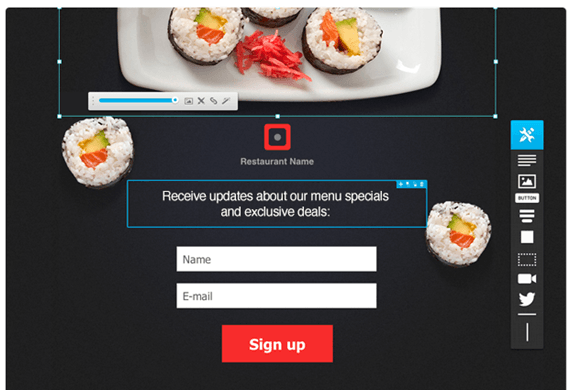In the rapidly evolving world of social media, platforms come and go, each offering unique features and experiences to their users. Among these platforms, Twitter has long been a staple, known for its fast-paced and concise communication style. However, a new contender is gaining traction among social media enthusiasts: Mastodon.
This blog post aims to break down the differences between Mastodon and Twitter, offering a comprehensive comparison to help you decide which platform might be better suited for your needs.
Table of Contents
Understanding the Basics
Twitter, launched in 2006, is a microblogging platform that allows users to post short messages—known as tweets—of up to 280 characters. It is renowned for its real-time updates and has become a go-to source for breaking news, public debates, and direct communication with celebrities and public figures.
Mastodon
Mastodon, on the other hand, is a decentralized social network that emerged in 2016. Unlike Twitter, Mastodon operates on a federated model, meaning it is composed of multiple servers (instances) that are independently operated but can communicate with each other. This allows for greater control over content and community rules, providing a more tailored experience for users.
Key Differences

Decentralization vs. Centralization
One of the most significant differences between Mastodon and Twitter is the underlying structure of each platform. Twitter is a centralized platform, meaning all data and interactions are controlled by a single company. This centralization allows for unified user experiences but also raises concerns about data privacy and censorship.
In contrast, Mastodon’s decentralized nature means there is no single entity controlling the entire network. Instead, users can choose from various instances, each with its own rules and moderation policies. This decentralization offers greater privacy and control but can make the onboarding process more complex for new users.
Content Moderation
Content moderation is another crucial area where Mastodon and Twitter differ. Twitter has a centralized moderation team that enforces platform-wide rules and guidelines. While this can ensure consistency, it can also lead to perceived biases and uneven enforcement.
Mastodon’s federated model allows each instance to set its own moderation policies. This means users can choose instances that align with their values and preferences, fostering diverse communities. However, this can also result in inconsistent moderation standards across the network.
User Experience and Interface
When it comes to user experience, Twitter’s interface is straightforward and familiar to most users. The platform’s design emphasizes simplicity and ease of use, making it accessible to a broad audience.
Mastodon’s interface, while similar to Twitter in some respects, can be more complex due to its federated nature. Users need to select an instance and may encounter different rules and features depending on their choice. However, Mastodon’s open-source nature allows for greater customization and third-party app integration, offering a more personalized experience for tech-savvy users.
Community and Culture
The communities and cultures on Mastodon and Twitter can vary significantly. Twitter’s large user base includes a wide range of voices, from individuals to brands to government agencies. This diversity makes it a vibrant platform for global conversations but can also lead to conflicts and toxicity.
Mastodon’s smaller, instance-based communities tend to be more niche and focused. Users often join instances that reflect their interests or values, resulting in more cohesive and supportive environments. However, this can also limit the reach and diversity of interactions compared to Twitter’s vast user base.
Advantages and Disadvantages

Twitter Advantages
- Real-time engagement: Ideal for breaking news and live events.
- Wide reach: Large, diverse user base.
- Simplicity: Easy-to-use interface.
Twitter Disadvantages
- Centralized control: Potential privacy and censorship concerns.
- Moderation issues: Perceived biases and uneven enforcement.
- Toxicity: Higher potential for conflicts and harassment.
Mastodon Advantages
- Decentralization: Greater privacy and control.
- Customizable: Open-source nature allows for personalization.
- Supportive communities: Smaller, niche-focused instances.
Mastodon Disadvantages
- Complex onboarding: New users may find the federated model confusing.
- Inconsistent moderation: Variability in rules and enforcement across instances.
- Limited reach: Smaller user base compared to Twitter.
Conclusion: Which Platform is Right for You?
Choosing between Mastodon and Twitter ultimately depends on your priorities and preferences. If you value real-time engagement and a broad reach, Twitter’s centralized platform may be more suitable. However, if you prioritize privacy, customization, and supportive communities, Mastodon’s decentralized model could be a better fit.
For social media enthusiasts, tech-savvy users, and digital marketers, understanding the nuances of each platform is crucial for making an informed decision. Both Mastodon and Twitter offer unique advantages and challenges, and the right choice will depend on your specific needs and goals.
As the social media landscape continues to evolve, staying informed about these platforms will help you navigate the digital world more effectively. Whether you choose Mastodon, Twitter, or both, embracing the strengths of each platform can enhance your social media experience and broaden your online horizons.



















